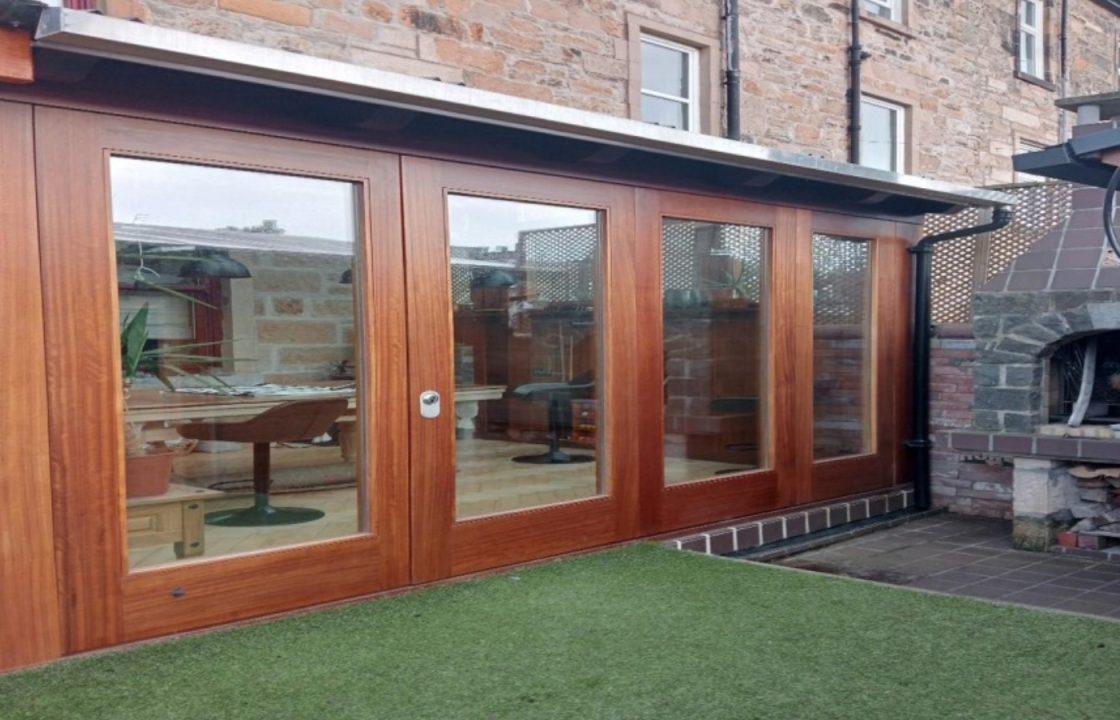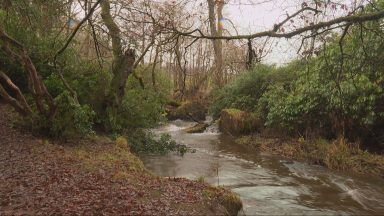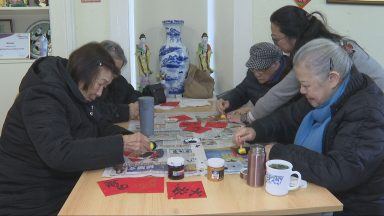A Glasgow homeowner has been ordered to remove a sunroom and two wood-burning stove chimneys from their C-listed property.
Glasgow City Council served two enforcement notices on a flat on Seton Terrace, Dennistoun. Officials said the structures, installed without permission, were out of character and affecting neighbours.
The owner, Gerard Caughey, appealed to the Scottish Government to overturn the rulings, but they have now been upheld.
A sunroom, or orangery, was built in 2018 as an extension to the mid-19th-century two-storey flat, while the two flues — for a wood-burning stove within a workshop in the garden—were installed in a lane to the back of the property.
Council officials said both the flues and the sun room require planning permission while listed building consent is needed for the extension.
They ordered their removal in November last year following “various” public complaints, as the flues have “a direct impact on the amenity of the neighbouring properties” due to smoke. Officials also said the sun room does not “protect the listed building’s appearance” or “complement the… period, style and character”.
But Mr Caughey, who claimed he was only aware of one complaint, appealed. The Scottish Government appointed a reporter to investigate the case.
A representative for the owner said he had reinstated a single-storey extension at the same “height and scale” as an original orangery, which had been part of the property when it was purchased in the 1990s but was removed as it was in “a dangerous condition”.
The appeal argued the extension had been completed six years before the enforcement notice was issued and that it protected the listed building “due to its similarity to what was there originally”.
It added that “quality” Spanish hardwood had been used, and a “sympathetic approach” was taken.
The owner’s appeal also claimed the council had failed to respond to a query about retrospective planning applications and dismissed a prior enforcement notice relating to the flues.
A letter of support for the extension was provided by Brian Johnston, planning convener on Dennistoun Community Council. It stated the work had been “carried out with a sympathetic regard for the original building” and the “workmanship, design and materials” were of “high quality”.
In response, the council said the previous notice was not withdrawn and the flues are not “a sufficient distance” from neighbouring properties, so a planning application would be refused.
It added that permission for the extension would also not be granted, as it is “incongruous with the listed building and contributes to overdevelopment of the rear area.”
The council believes removing the “unauthorised structure would restore the character of the listed building by restoring the rear wall of the building to its original unobscured state”.
The reporter, Simon Bonsall, found that permission was required in both cases and that breaches of planning control had occurred. He upheld the enforcement notices.
Mr Bonsall also refused to grant listed building consent for the extension.
He concluded: “While the effect of the orangery on the setting would not be harmful, I consider that the orangery through its design, location and materials would… not be in keeping with the character of the listed building.
“I consider that the removal of the orangery… would restore the character of the listed building to its state prior to the orangery having been built.”
The owner can challenge the rulings at the Court of Session, but only on a point of law.
Follow STV News on WhatsApp
Scan the QR code on your mobile device for all the latest news from around the country


 LDRS
LDRS























